![]()
MENU
BADGES
![]() Metal
Metal
Cloth
NPS Associated
ORNAMENTATION
Arrowhead Patch
Belt
Buttons
Cap Insignia
Collar Ornaments
Hat
Hatband & Straps
Law Enforcement Insignia
Length-of-Service Insignia
Nametags
Sleeve Brassards
Tie Ornaments & Pins
Miscellaneous
Conclusion
Photofile
Appendix
Bibliography
Notes

BADGES and UNIFORM ORNAMENTATION
of the NATIONAL PARK SERVICE
BADGES: Metal
|
An Interior Department graphic change came in 1968, during Secretary of the Interior Stewart L. Udall's last year in office. The buffalo seal was replaced by one containing a small circle. symbolizing the sun, over two triangles, symbolizing mountains, over nine small triangles, symbolizing water, all framed by a stylized pair of hands and encircled by "U.S. Department of the Interior." The National Park Service, being a bureau of Interior, followed suit and changed the badge design to reflect the new departmental seal. Chermayeff & Geismar Associates, the designers of the new Department seal, had also designed a set of insignia for Director Hartzog's new agenda titled PARKSCAPE U.S.A. (See Arrowhead Patch section for more details) One of the items was a new round badge, but it was opted to remain with the shield format. This time there were only two badges made. The superintendents' and assistant superintendents' badges were gold, while all others were sterling silver. Both badges were identical in de sign. The shield remained the same, with only the departmental seal replacing the eagle. These badges were furnished by V.H. Blackinton & Company.
| |||
|
The "good hands", or "Allstate" [24] emblem as it was derisively known, met with a great deal of opposition in the Park Service and the Department as a whole—so much so that the seal, and the badge, were changed again in less than two years. Secretary Walter J. Hickel, Udall's successor, restored the buffalo to the Interior seal in 1969. The National Park Service again followed suit, using the buffalo this time instead of the eagle previously used. There was only one badge, and all uniformed personnel were to wear it. It was gold and consisted of the standard shield, with the Department of the Interior seal in the center. This comprises a buffalo, facing to the left, standing on grass in front of mountains with a rising sun background, encircled by a band with the words U.S. DEPARTMENT OF THE INTERIOR/MARCH 3, 1849.
The first order, numbered 1 to 4000, was delivered by the V.H. Blackinton & Company, on 18 September, 1970. They cost $7.75 each and were made out of Karat-Clad (heavy gold electroplate) brass. Subsequent orders for the 1970 badge have been shared with the G.R. Davis Company of Woonsocket, Rhode Island, depending on which company had been awarded that years contract, with the majority being furnished by Blackinton. With the exception of the size being increased approximately 1/16" in the early part of 1990, this is the same badge worn by Park Rangers today. [25] In the early 1970's the problem of the standard badge being too heavy for the cotton blouses worn by women surfaced again. Some of the parks, notably Mesa Verde and Nez Perce, took matters into their own hands and ordered a small version of the standard National Park Ranger badge from Blackinton. [26] The badges came without numbers, but those at Mesa Verde were engraved for accountability. This practice was not followed at Nez Perce. The experiment was short lived. The small badge looked more like a trinket, or child's toy, than a symbol of authority. Visitors were prone to making comments like, "Isn't it cute," etc., which didn't endear it to those women wearing it. Apparently, Washington did not like the idea of a miniature badge either, and requested their use be discontinued. Consequently, they were recalled and removed from the park's property lists. The disposition of the badges is unknown, although some of them no doubt became souvenirs. | ||||
|
| |||
 Back
Back
|
Continue

|
Last Modified: Fri, Jan 17 2003 07:08:48 am PDT
http://www.cr.nps.gov/history/online_books/workman1b/volc11.htm
![]()

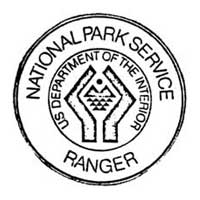
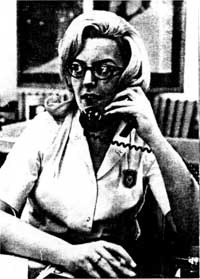
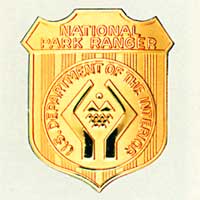
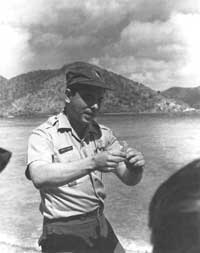
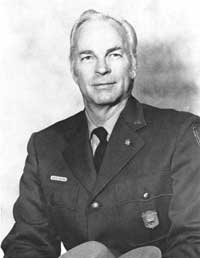
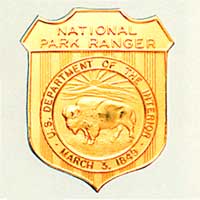
 Top
Top